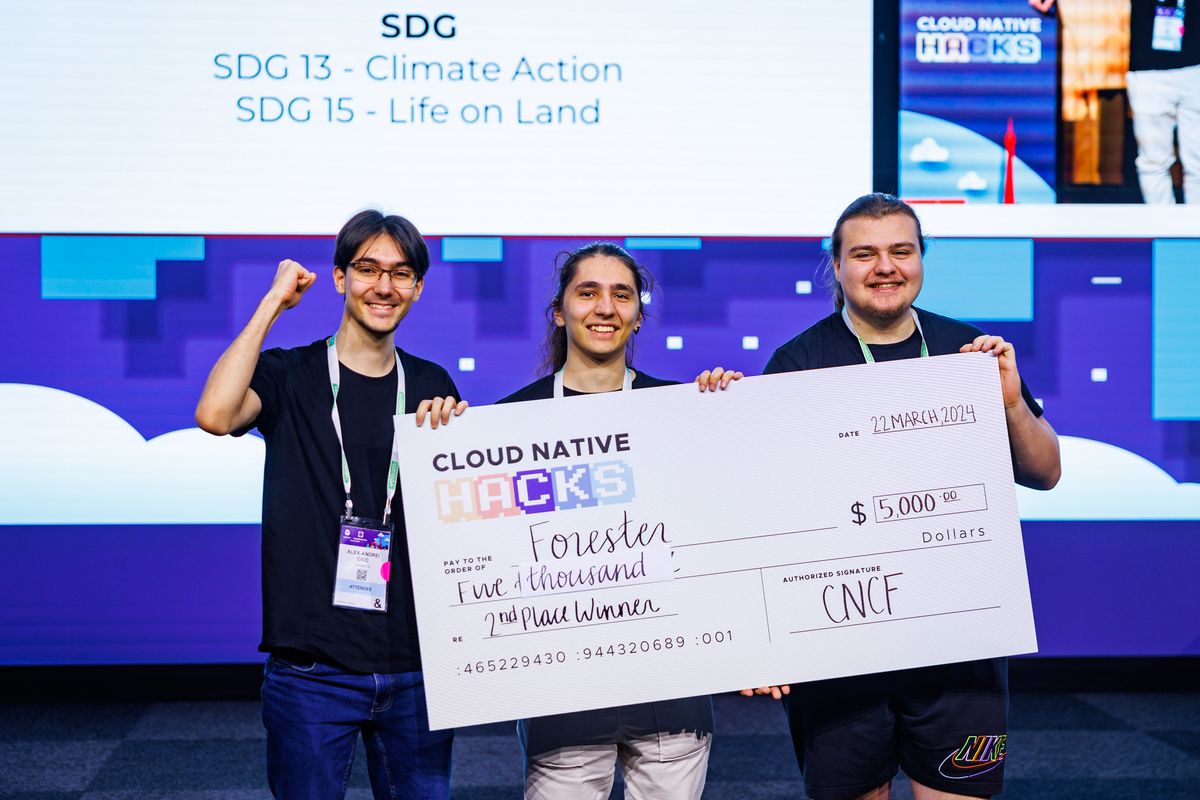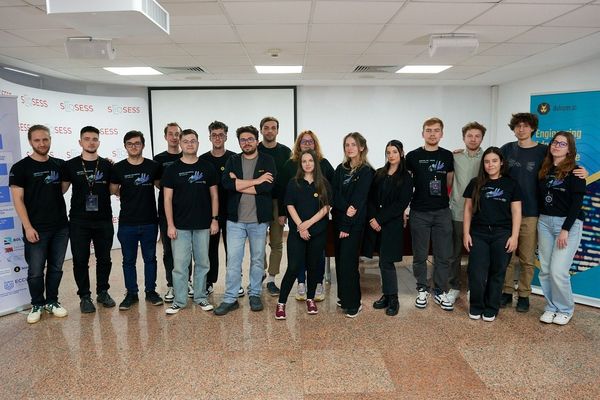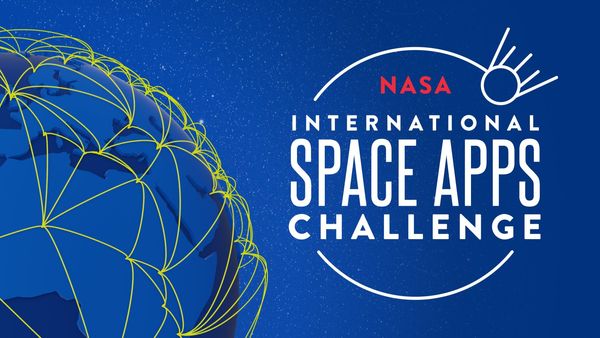The #CloudNativeHacks experience

Discover the journey of an ambitious team through the first ever hackathon held alongside KubeCon + CloudNativeCon.

One of the biggest IT conference in the world, KubeCon + CloudNativeCon Europe 2024 was held in the mighty city of Paris. With a ludicrous audience of over 12000 people and many presentations spanning a few days, the event was a success.
The UN Hackathon
A new addition to this event was the CloudNativeHacks, which started in Paris with its first edition. This contest was the first hackathon to focus exclusively on advancing the delivery of the United Nations Sustainable Development Goals. Challenges were proposed on their website and applicants had to design open source projects in teams of at most 5 to tackle them. One of the perks of being accepted was free entry to the conference events, therefore this opportunity was pretty big.
Who dares to participate?
Us! We're a team of five passionate Software Engineers - some of us we've known each other for a long time and some of us made friends along the way. Coming from different backgrounds but with the same goal, we decided to take on this opportunity to develop an application that can have a real impact and also have our first participation at KubeCon + CloudNativeCon.
What got our attention was the proposed challenge #10, titled Spatial Data for Biodiversity Conservation. In Romania we have a big problem with illegal deforestation, which is happening almost everywhere, especially in rural areas. Foresters sometimes may be corrupt or simply helpless in the combat against these activities, and it's hard to watch over entire forests to spot them.
The idea
The solution proposed by us, entitled Forester, aims at being an open source tool that aids authorities in detecting tree cover changes across the globe in near real time and provides alerts on affected areas. The app would also be accessible to normal users which are interested in monitoring specific areas.
The main dashboard consists of different map views (streets, terrain) with toggles to overlay relevant data such as tree cover loss over the years, protected areas, etc.
The flow of the app is pretty simple:
- draw and select areas of interest defined by polygons
- select a start date from which you want the monitoring to begin tracking changes
- receive alerts by email every few days regarding tree cover changes.
With this bright idea in mind, we forged an application and sooner than later we got accepted! Our first KubeCon was only a week away and we couldn't be more happy. Unfortunately, two of the guys from our team didn't make it to Paris due to Visa issues, so we were left with only three participants - but we still powered through.
The hack
So, we arrived at the scene: a nice conference room, with private chefs to provide snacks and cooked food throughout the 2 days, and toys like Rubik's cubes, Playdoh-s and other cute stuff scattered over our tables. The atmosphere turned out to be very chill, the organizers were nice and wanted to talk and helped us give shape to our ideas. Overall, our best experience in a hackathon so far.


The judging
The criteria used in the evaluation were pretty complex. These included:
-
Relevance to Societal Challenges
The proposed project shows direct and substantial relevance to a significant societal challenge or improving people’s resiliency. The project aligns clearly with one or more UN Sustainable Development Goals. -
Innovative Use of AI
The proposed use of AI is revolutionary and clearly transformative for the problem area. The description clearly addresses how the use of AI will address the whole or bring resolution to a part of the problem area while identifying assumptions or conditions and constraints in its use of AI. -
Real-world Impact
The proposal lays out specific impacts of the proposal fully executed and at scale. The details convey specific causes and effects that contribute to the impact described therein. -
Scalability and Sustainability
The proposal includes a section on how it could be deployed, enhanced, and maintained which conveys the expected underlying technologies, requirements, and proposed operations. -
Resource Availability
Resources required to implement the proposal are open source and publicly available. -
Ethical Considerations
The proposal is consistent with the Cloud Native Computing Foundation Code of Conduct. Proposals that suggest unethical use of AI, blatant violation of copyright, or not respecting peoples’ privacy will be rejected.
Our solution and pitch were designed from the ground up with these criteria in mind. The problem we tried to solve is of big relevance to our Earth's nature and it can have a real-world impact. For the processing of satellite imagery we fed an open source AI model raw data from Sentinel 2 - the model then performs image segmentation to detect patches of tree cover loss which would be reported via email. In fact, all the tools we used (including the maps, data overlays and satellite imagery) are open source and/or publicly available. Lastly, we deployed our application in a cloud-native way, on a remote Kubernetes cluster, using well documented practices such as GitOps.
The outcome
After long hours of work and a well crafted pitch, our team was awarded 2nd prize, with special considerations coming from the judges - yay! The best part of this was the ceremony that was held on the last keynote of the event, which gave us accolades in front of 10000 people - you can watch it here.
Next steps
The project has potential and we got UN interested in it as well - we're engaged in further talks and we hope this will take final shape some day!
KCD Romania
We've also been invited for a short talk about the project at the first ever edition of KCD Romania, set in Bucharest on 25th of April in the Radisson Blu Hotel. The event is also initiated by CNCF and will bring together the local cloud community for a technical conference loaded with talks and opportunities to learn and network. This is a huge opportunity for exposure so, if you're in town, see you there!



